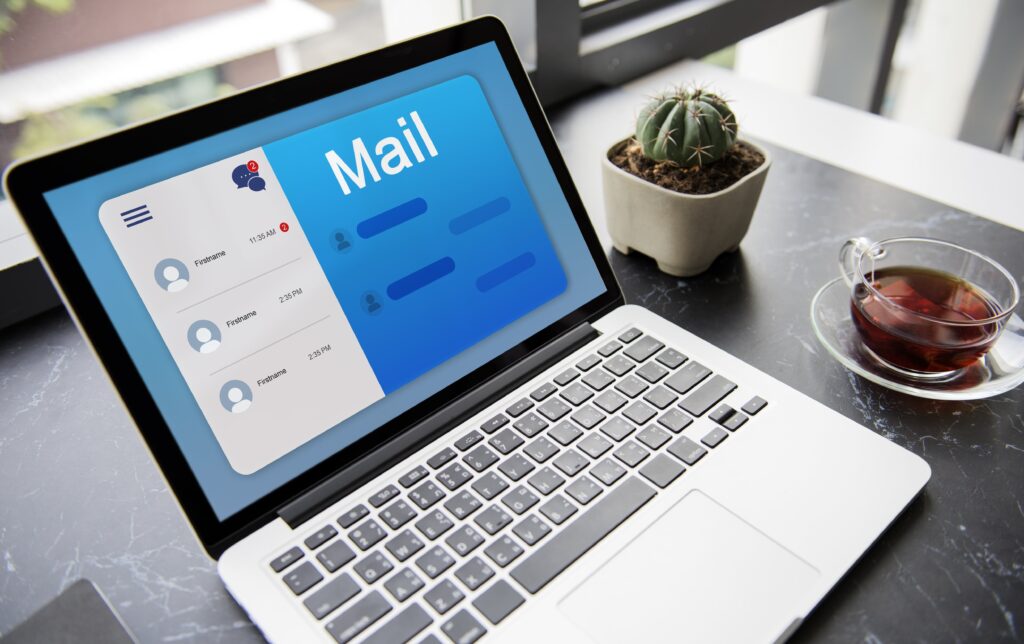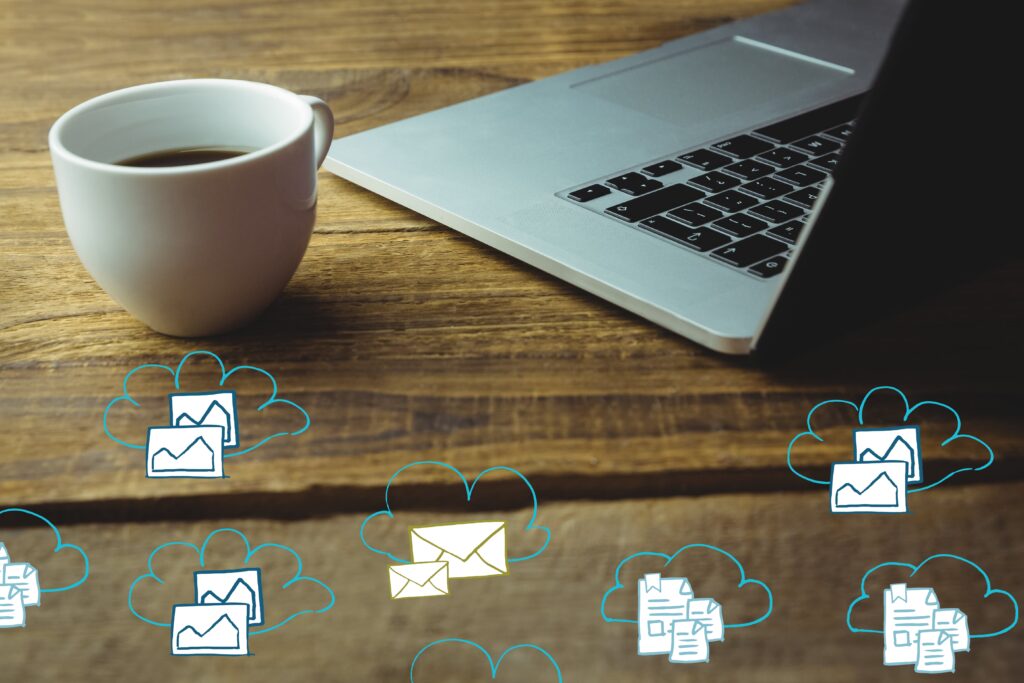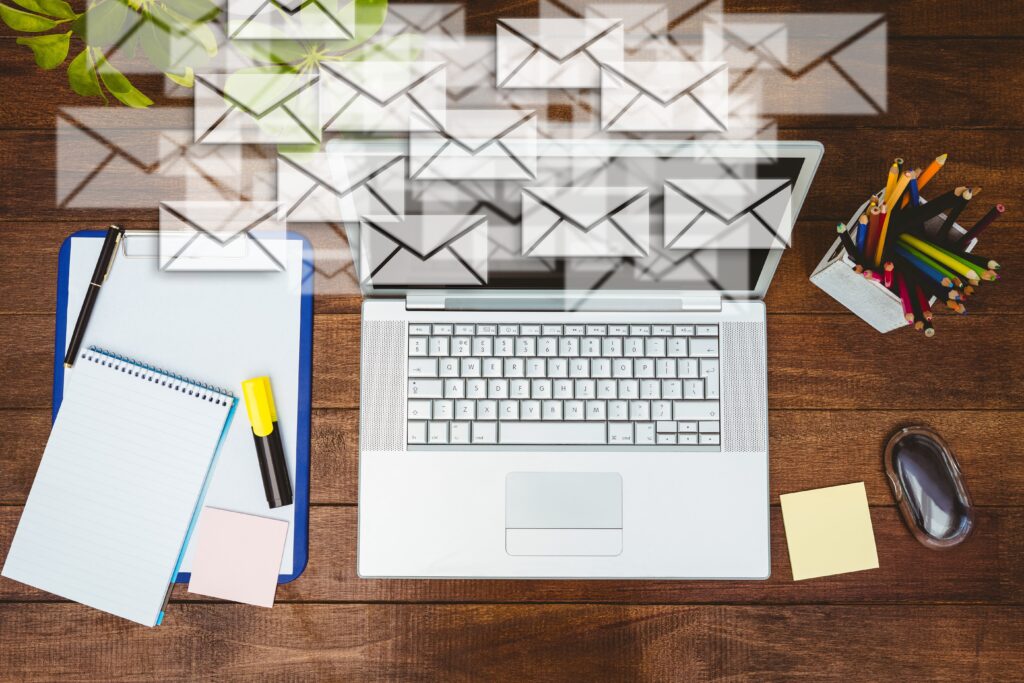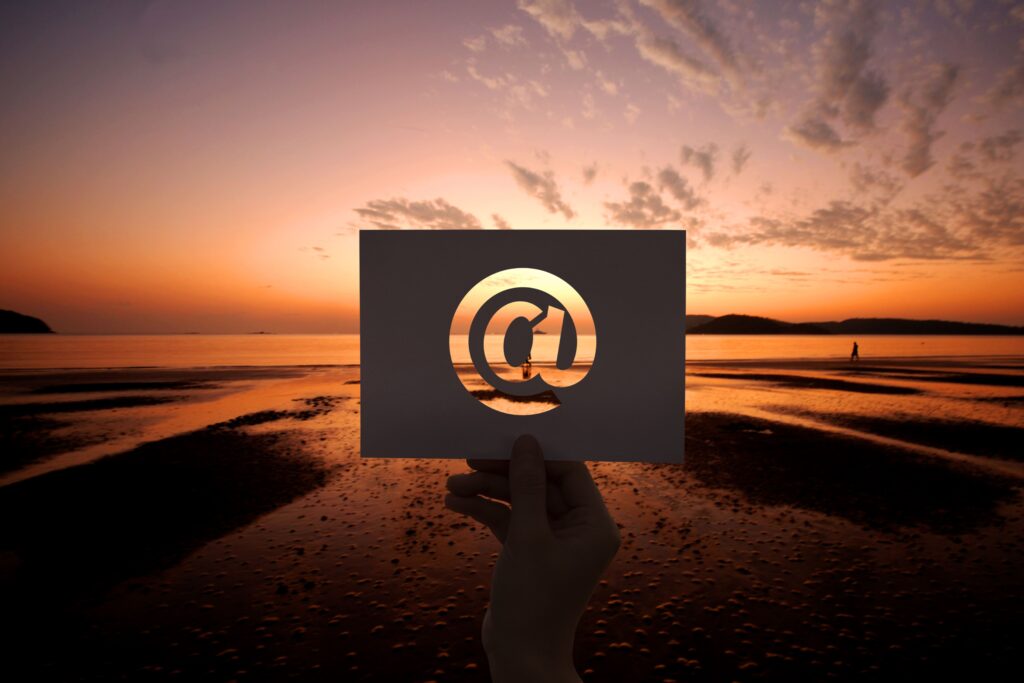
In today’s dynamic and fast-paced digital landscape, where attention spans are fleeting and consumer preferences are ever-evolving, businesses are faced with the challenge of effectively reaching their target audience. Unlike the traditional one-size-fits-all approach, targeted email marketing allows companies to tailor their messages to individual recipients based on their preferences, behaviors, and demographics. This level of personalization not only captures attention but also holds the potential to drive engagement, conversions, and ultimately, long-term customer loyalty
The days of inundating inboxes with generic promotional emails are waning, as recipients increasingly demand relevant content that resonates with their needs and interests. Targeted email marketing empowers businesses to fulfill this demand by crafting messages that align with each recipient’s unique journey and preferences. By sending tailored content with relevant messages and offers, companies can foster a sense of exclusivity and connection, driving recipients to open emails, click through links, and take desired actions. As we delve deeper into the realm of targeted email marketing, we will explore the strategies and best practices that enable businesses to harness the full potential of personalized email campaigns, creating a win-win situation for both senders and recipients alike.
Defining Targeted Email Marketing
Targeted email marketing refers to the practice of sending tailored and relevant email messages to specific segments of your audience. Instead of sending the same generic email to your entire subscriber list, targeted email marketing strategy involves crafting messages that cater to the unique preferences, behaviors, and characteristics of different groups within your audience. This approach aims to provide recipients with content that aligns with their interests, needs, and interactions with your brand.

Significance of Targeted Email Marketing
The significance of the targeted email marketing campaign lies in its ability to cut through the noise of crowded inboxes and deliver messages that genuinely resonate with recipients. This approach addresses the evolving expectations of modern consumers who seek personalized experiences. Some key reasons for its significance include:
- Higher Engagement: Targeted emails are more likely to capture recipients’ attention and encourage them to open, read, and interact with the content.
- Improved Conversion Rates: By tailoring messages to recipients’ preferences, you can guide them towards taking desired actions, such as making a purchase or signing up for a webinar.
- Enhanced Customer Relationships: Personalized and relevant content shows that you understand your customers and value their individual needs, fostering a sense of connection and loyalty.
- Reduced Unsubscribes and Spam Complaints: Sending content that’s relevant to recipients reduces the likelihood of them unsubscribing or marking your emails as spam.
Importance of Personalization and Relevance
In the modern email landscape, where individuals are bombarded with a constant stream of messages, personalization and relevance, relevant message have become essential components of successful email campaigns.
- Individualized Connection: Personalized emails make recipients feel recognized and valued, building a stronger emotional connection to your brand.
- Higher Open Rates: When emails address recipients by name and offer content that aligns with their interests, they’re more likely to be opened and engaged with.
- Customized Content: Tailoring content to recipients’ preferences and behaviors increases the likelihood of them finding value in the email and taking action.
- Customer Satisfaction: Providing content that meets recipients’ needs enhances their overall experience, which in turn boosts satisfaction and loyalty.
In essence, targeted email marketing goes beyond mass communication to create meaningful interactions. By focusing on personalization and relevance, businesses can establish themselves as customer-centric and position their email campaigns for greater success in an increasingly competitive digital landscape.

The Role of Audience Segmentation
Audience segmentation is a pivotal aspect of targeted email marketing. By dividing the audience into distinct segments based on shared characteristics, preferences, or behaviors, businesses can deliver messages that are tailored to each group’s specific needs. This segmentation can be based on various factors, such as demographics, purchase history, browsing behavior, and geographic location. The more granular the segmentation, the more accurately businesses can target their marketing messages to.
Collecting and Analyzing Customer Data for Accurate Personas
To effectively segment the audience and create accurate customer personas, businesses need to collect and analyze customer data. This data can be acquired through various means, such as website analytics, other customer data systems, surveys, purchase history, and social media interactions. By understanding customer preferences, pain points, and behaviors, businesses can create detailed profiles that guide their targeted email campaigns. The use of data analytics tools further aids in identifying patterns and trends that inform segmentation strategies.
Real-World Examples of Audience Understanding
Several businesses have reaped the rewards of understanding their audience through targeted email marketing. Take, for instance, an e-commerce company that tailors product recommendations based on a customer’s past purchases and browsing behavior. By using customer information and sending personalized product suggestions, they not only increase the likelihood of conversions but also enhance the customer’s shopping experience.
Another example is a travel agency that sends destination-specific promotions to customers who have previously booked similar trips. By leveraging customer data, they create a sense of exclusivity and relevance create a targeted email, driving recipients to explore their offerings further.
Crafting Personalized Email Content
- Creating personalized email content involves customizing subject lines, email body content, and visuals to resonate with individual recipients. Techniques include:
- Subject Line Personalization: Incorporate recipient’s name or reference past interactions to grab attention.
- Dynamic Content: Tailor email content based on user preferences, past purchases, or browsing behavior.
- Visuals: Use images relevant to recipient’s interests or showcase products they’ve shown interest in.
- Engaging and Personalized Email Content Examples:
- E-commerce: “Hi [Recipient’s Name], Check Out Your Wishlist Items on Sale!”
- Travel: “Discover Your Next Adventure, [Recipient’s Name]!”
- Newsletters: “This Week’s Top Stories Just for You, [Recipient’s Name].”
- Dynamic Content and Personalization Tokens: Leverage dynamic content blocks to show different product recommendations to each recipient based on their preferences. Use personalization tokens to automatically insert names, locations, or other personalized data, enhancing the user experience.

Segmenting Strategies for Targeted Campaigns
Effective audience segmentation involves categorizing recipients into groups with shared characteristics. Strategies include:
- Geographic Segmentation: Tailor content based on recipient’s location for location-specific offers.
- Behavioral Segmentation: Group recipients based on past actions like purchases, clicks, or website visits.
- Lifecycle-Based Segmentation: Send and create targeted emails and content based on where recipients are in their customer journey (new leads, active customers, inactive customers).
- Segmentation Case Studies:
- Geographic: A retail chain promotes winter apparel to northern regions and summer wear to southern regions, boosting relevancy.
- Behavioral: An online bookstore recommends books based on a customer’s genre preferences, increasing book purchases.
- Lifecycle-Based: A software company sends email marketing tool and onboarding tips to new users and advanced tutorials to experienced users, enhancing user engagement.
- Best Practices for Maintaining Organized Segmented Email Lists:
- Regular Updates: Keep lists current by removing inactive subscribers or updating preferences.
- Clean Data: Ensure accurate data to avoid sending irrelevant content to the wrong segments.
- Automation: Use marketing automation tools to make customer data systems streamline segmentation and content delivery.
- Testing: A/B test different segment criteria and content to optimize campaign performance.

Automation and Timing
Automation plays a crucial role in delivering timely and relevant emails to recipients. It allows businesses to send personalized messages triggered by user actions without manual intervention. Setting up automated triggers involves:
- User Actions: Identify key actions like sign-ups, purchases, or abandoned carts as triggers.
- Segmentation: Create content segments based on user behaviors or preferences for targeted messages.
- Workflow Creation: Design workflows that define the series of emails to be sent based on triggers.
- Dynamic Content: Use dynamic content to tailor each automated or email campaign to the recipient’s preferences.
- Guidelines for Determining Optimal Send Times:
- Audience Analysis: Understand your audience’s habits and preferences to determine when they’re most likely to engage.
- Testing: Conduct A/B tests to identify the days and times that yield the highest open and click-through rates.
- Time Zones: Account for recipients’ time zones to ensure emails arrive at an appropriate hour.
- Avoiding Common Pitfalls
- Over-Personalization: While personalization enhances engagement, excessive personalization can seem intrusive or creepy.
- Privacy Concerns: Respect user privacy by obtaining consent and clearly communicating how their data will be used.
- Compliance: Adhere to email marketing regulations like GDPR and CAN-SPAM to avoid legal issues.
- Balancing Personalization with Privacy Concerns:
To strike the right balance, inform users about the data you collect and how it will be used. Allow users to control their preferences and opt-out easily.

Ensuring Compliance with Email Marketing Regulations
Compliance with email marketing regulations is crucial to maintaining trust with your audience and avoiding legal repercussions. Here’s a guide to ensuring that your next email marketing campaign and efforts adhere to regulations:
- Permission-Based Sending:
- Obtain explicit consent before sending marketing emails. Use clear language and transparent opt-in processes.
- Avoid purchasing email lists or sending emails to individuals who haven’t given consent.
- Accurate Sender Information:
- Provide accurate sender names and email addresses. Avoid using misleading or deceptive information.
- Unsubscribe Mechanism:
- Include a clear and easily accessible unsubscribe option in every email. Honor unsubscribe requests promptly.
- Physical Mailing Address:
- Include your company’s physical mailing address in every email. This adds transparency and credibility.
- Data Privacy:
- Clearly communicate how you’ll use recipients’ data and obtain consent for data processing.
- Comply with data protection regulations such as GDPR (in the EU) or CAN-SPAM Act (in the US).
- Segmentation and Personalization:
- Use recipient data responsibly and avoid using sensitive information without proper consent.
- Segment and personalize emails while respecting privacy and preferences.
- Subject Line Accuracy:
- Ensure that subject lines accurately reflect the content of the email. Misleading subject lines can be seen as deceptive.
- Mobile Responsiveness:
- Ensure your emails are mobile-friendly and display properly on various devices, as mobile usage is prevalent.
- Third-Party Tools and Services:
- If using third-party tools for email marketing, ensure they comply with regulations and safeguard recipient data.
- Regular Audits and Updates:
- Regularly review and update your email lists to remove inactive subscribers or those who have unsubscribed.
- Internal Policies and Training:
- Establish internal policies and provide training to employees responsible for email marketing to ensure compliance.
- Global Regulations:
- If sending emails internationally, be aware of and comply with various countries’ email marketing regulations.
By adhering to these best practices, you can build a trustworthy reputation, foster positive relationships with your audience, and navigate the complex landscape of email marketing regulations without falling into legal pitfalls.
![]()
Conclusion
In a digital landscape brimming with information and distractions, targeted, email marketing platform still stands as a beacon of personalized communication that forges meaningful connections between businesses and their audience. The power of personalization and relevance cannot be overstated, as they hold the key to capturing attention, driving engagement, and fostering lasting customer relationships.
Through the strategic use of audience segmentation, businesses can deliver messages that resonate with individual recipients. By leveraging customer data and behavioral insights, companies can craft content that aligns with each recipient’s unique journey and preferences. Automation adds a layer of efficiency to email marketing service, ensuring timely delivery of tailored messages triggered by user actions.
While embracing the benefits of targeted email marketing, it’s important to tread the line between personalization and privacy sensitivities. Obtaining consent, respecting user preferences, and adhering to email marketing regulations are pivotal to maintaining trust and legality.
![]()
As you embark on your journey into more targeted email marketing campaigns, remember that success is an ongoing process. Continuously adapt and refine your strategies based on feedback and data. Monitor open rates, click-through rates, and conversion metrics to gauge the effectiveness of your campaigns. Embrace innovation and experimentation to discover what resonates most with your audience.
In a world where personalization and relevance reign supreme, targeted email marketing has the potential to be your most potent tool for driving engagement, conversions, and customer loyalty. So, seize the opportunity, harness the data, and embark on a journey of crafting personalized, impactful email campaigns that leave a lasting impression on potential customers. Your audience is waiting, and with the right strategies, you can forge connections that endure the test of time.




